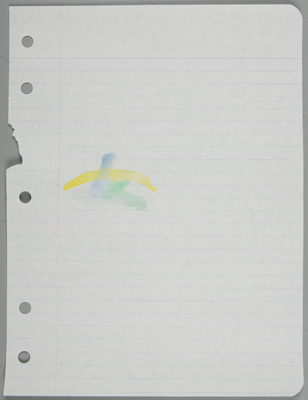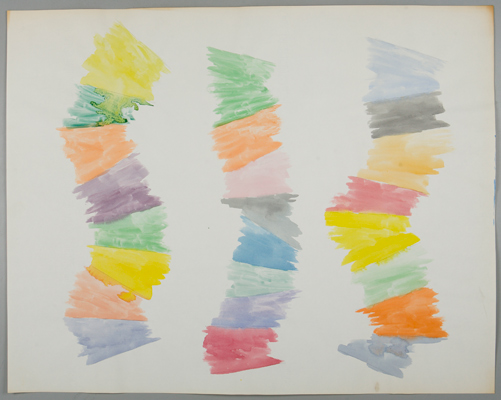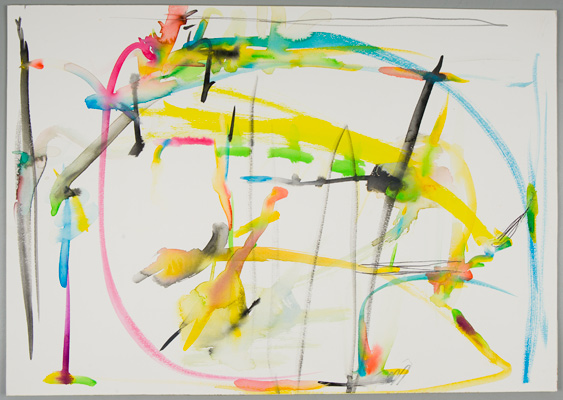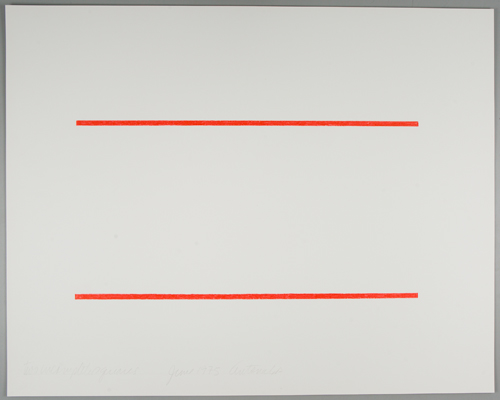Every Fifty Works for Fifty States gift from the Dorothy and Herbert Vogel Collection is different—a broad range of artists, media, styles, and subjects is represented in each package, donated by the Vogels in 2008 to one institution per U.S. state. But all the gifts share a common factor: an abundance of art by Richard Tuttle.
The American artist, known for small, intimate works that incorporate multiple media, is the individual best represented within the Vogels’ entire collection. Tuttle and the Vogels—particularly Herbert Vogel—were very close. Dorothy Vogel characterized the connection between her late husband and Tuttle as “like father and son.”
“They had a really special relationship,” she said. “They would spend hours talking about art and looking at it. My husband is the one who really responded to Richard’s work. I liked it, but didn’t respond the way my husband did. It was really my husband’s relationship with Richard that was the reason we had so much [of Tuttle’s art]. It anchored the collection.”
The Harvard Art Museums’ gift contains four portfolios of Tuttle’s prints and drawings, as well as several individual drawings. Many are among the selected Vogel Collection objects available for viewing during special open hours in the Art Study Center on Mondays, from 1 to 4pm, for the duration of the related exhibition The Dorothy and Herbert Vogel Collection: Fifty Works for Fifty States, on display in the University Study Gallery through August 9, 2015. Also available for viewing in the Art Study Center is a suite of drawings by American artist Stephen Antonakos, who was best known for his abstract neon sculptures, but who also created sparse compositions.
“Our goal is for people to be able to sit with a portfolio of drawings or prints and look at them individually,” said Sarah Kianovsky, curator of the collection for the Division of Modern and Contemporary Art, “to have a chance for quiet contemplation.” The open hours give the public the opportunity to examine the works at close range and in a more relaxed setting than what they’d find in a gallery. This means of study resembles how a collector might experience art, and is intended to complement both the Vogel exhibition and the museums’ mission to promote close looking and critical thinking among visitors.
Dorothy Vogel said Tuttle himself taught her “how to look carefully and slowly” at art. Viewing art in this conscientious, attentive manner “involves a lot of looking at detail,” Vogel said. “Everything is important. A lot of it you might not like right away; sometimes you have to study it and look into it, and then you see the beauty.”






